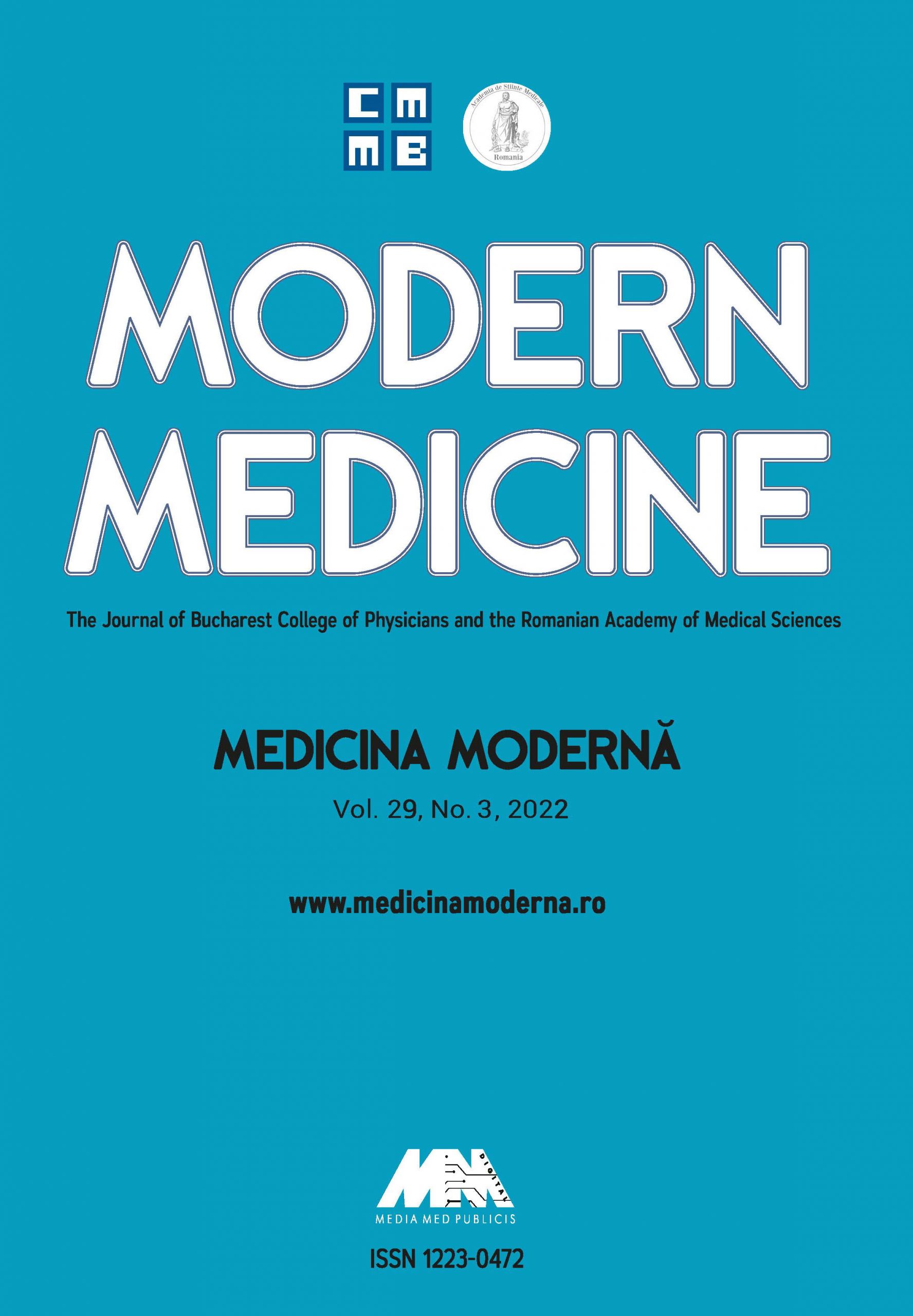Background: Meningococcal infection (MI) is one of the most significant bacterial infections in children, it is characterized by a life-threatening and unpredictable fulminant course in the structure of infectious diseases. MI in Ukraine represents an important cause of mortality. The Transcarpathian region is located on the western boundary of Ukraine with 4 European countries. Such location of the district and its geopolitical issues related to immigration plays a crucial role in disease transmission and serve as a gate to infectious diseases to and from European Union. Methods: This was a retrospective study that included 32 patients with a confirmed diagnosis of meningococcaemias. The data were obtained from patients’ electronic medical records (EMR). Data collected included demographic, clinical, and laboratory. Continuous variables were expressed as means with standard deviations. Categorical variables were summarized as counts and percentages. Results: Meningococcal morbidity in the Transcarpathian region was higher than in the whole of Ukraine in all researched years. Primarily, the highest incidence was recorded in the Perechyn district and in Uzhhorod city. 53% of all cases of MI occur in the period from December to February. The main constant clinical manifestation of the disease was skin symptoms. Conclusions: The incidence rate of MI is an important problem for public health and may pose a threat to neighboring countries. The methods for the prevention of meningococcal infection include antimicrobial chemoprophylaxis following identification of an index case, use of droplet precautions, vaccination prior to exposure, and avoidance of exposure.





